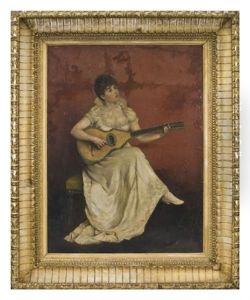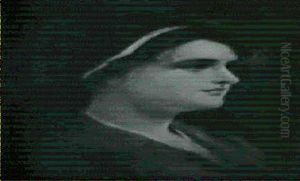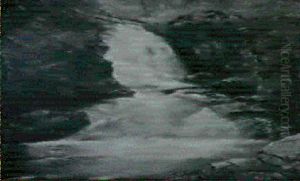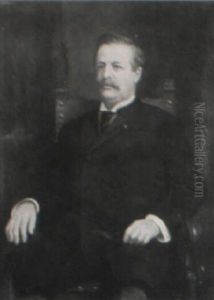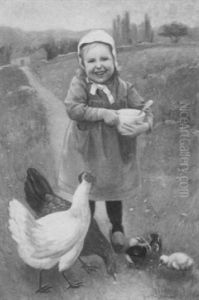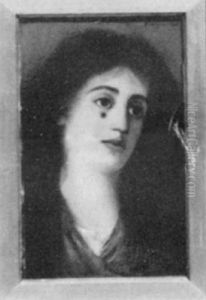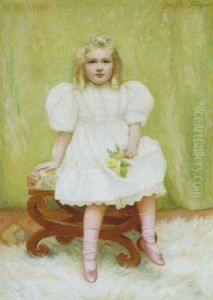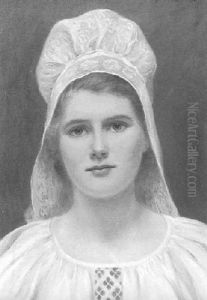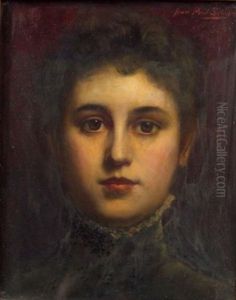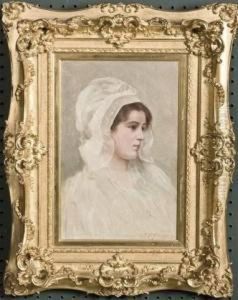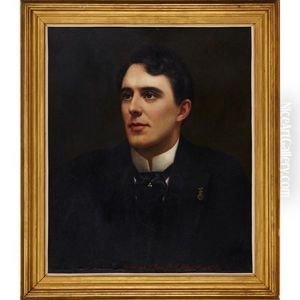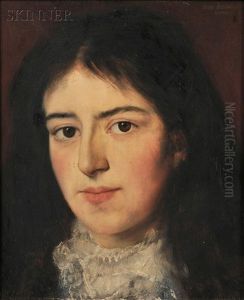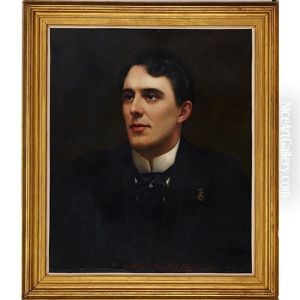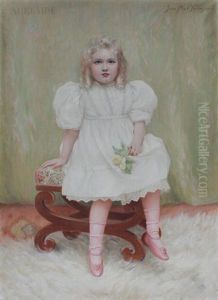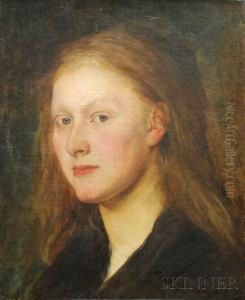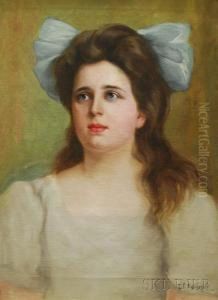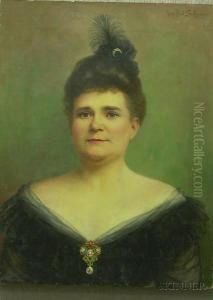Jean Paul Selinger Paintings
Jean Paul Selinger was an American painter and teacher known for his portraits, landscapes, and genre scenes. Born on September 30, 1850, in Boston, Massachusetts, Selinger received his early art education in Boston before continuing his studies in Europe, which was a common practice for American artists of the time seeking to refine their technique and gain exposure to the classical art traditions.
After his initial education, Selinger traveled to Munich, Germany, where he studied at the Royal Academy of Fine Arts under the tutelage of renowned artists such as Wilhelm von Diez and Alexander Strähuber. His time in Munich was formative, as the city was a hub for artists and intellectuals, and it enabled Selinger to immerse himself fully in the European art scene of the late 19th century.
Upon completing his studies, Selinger returned to the United States and settled in Portland, Maine, where he became a prominent member of the local art community. He established himself as a portrait artist, capturing the likenesses of many notable figures of his time. However, he also painted a number of landscapes and genre scenes, often depicting the beauty of the Maine coastline and rural life. His style was characterized by a realistic approach with a strong sense of color and light, reflecting the influence of his academic training.
In addition to his painting, Selinger was a dedicated teacher who influenced a generation of artists. He taught at the Portland School of Art, which is now known as the Maine College of Art. His legacy as an educator is perhaps as significant as his contributions to American art as a painter.
Jean Paul Selinger's work received recognition during his lifetime and was exhibited at various prestigious institutions, including the Pennsylvania Academy of the Fine Arts and the Boston Art Club. His paintings are now part of several collections and continue to be appreciated for their technical skill and evocative representation of 19th-century American life.
Selinger's life came to an end on November 6, 1909, in Portland, Maine. His passing marked the loss of a significant figure in the American art scene of the late 19th and early 20th centuries. Today, Selinger's work is a valuable part of the historical record, offering insight into the cultural and artistic milieu of his era.
